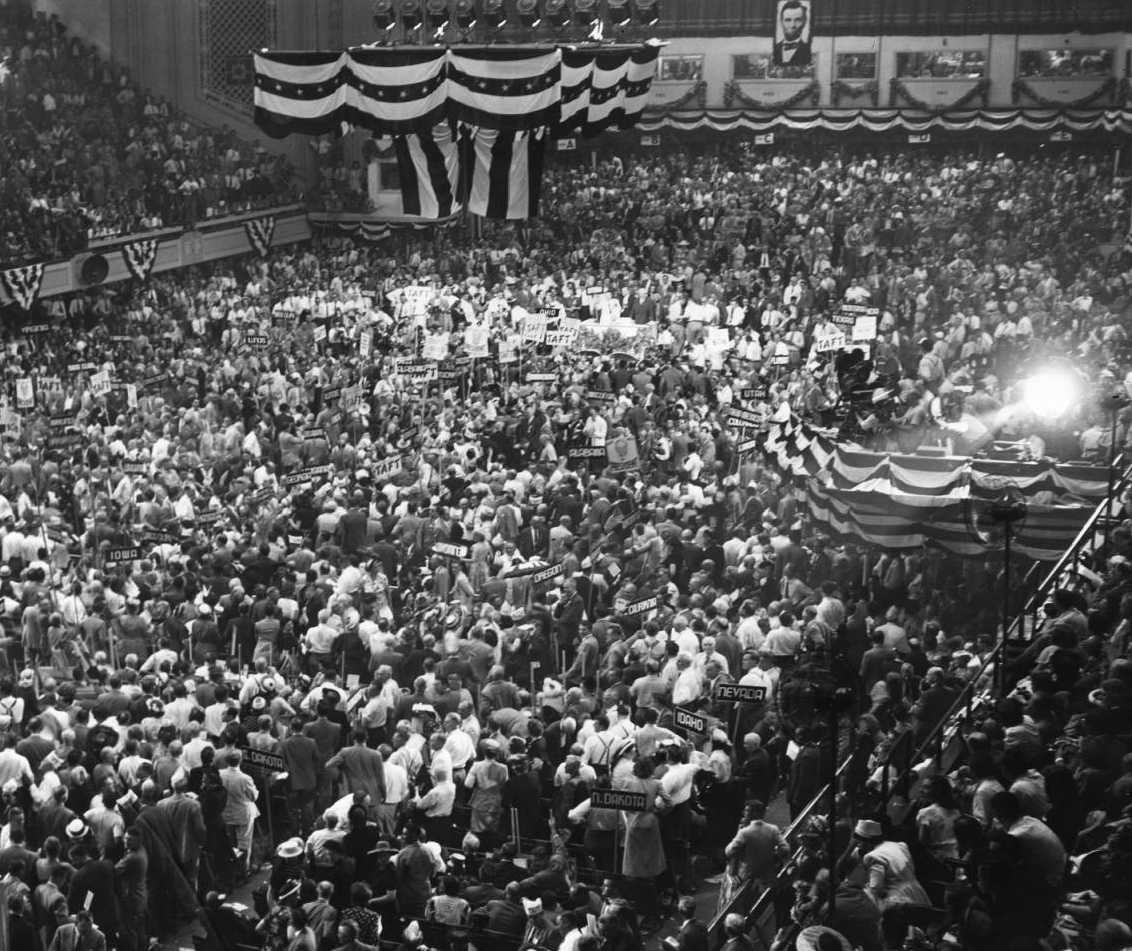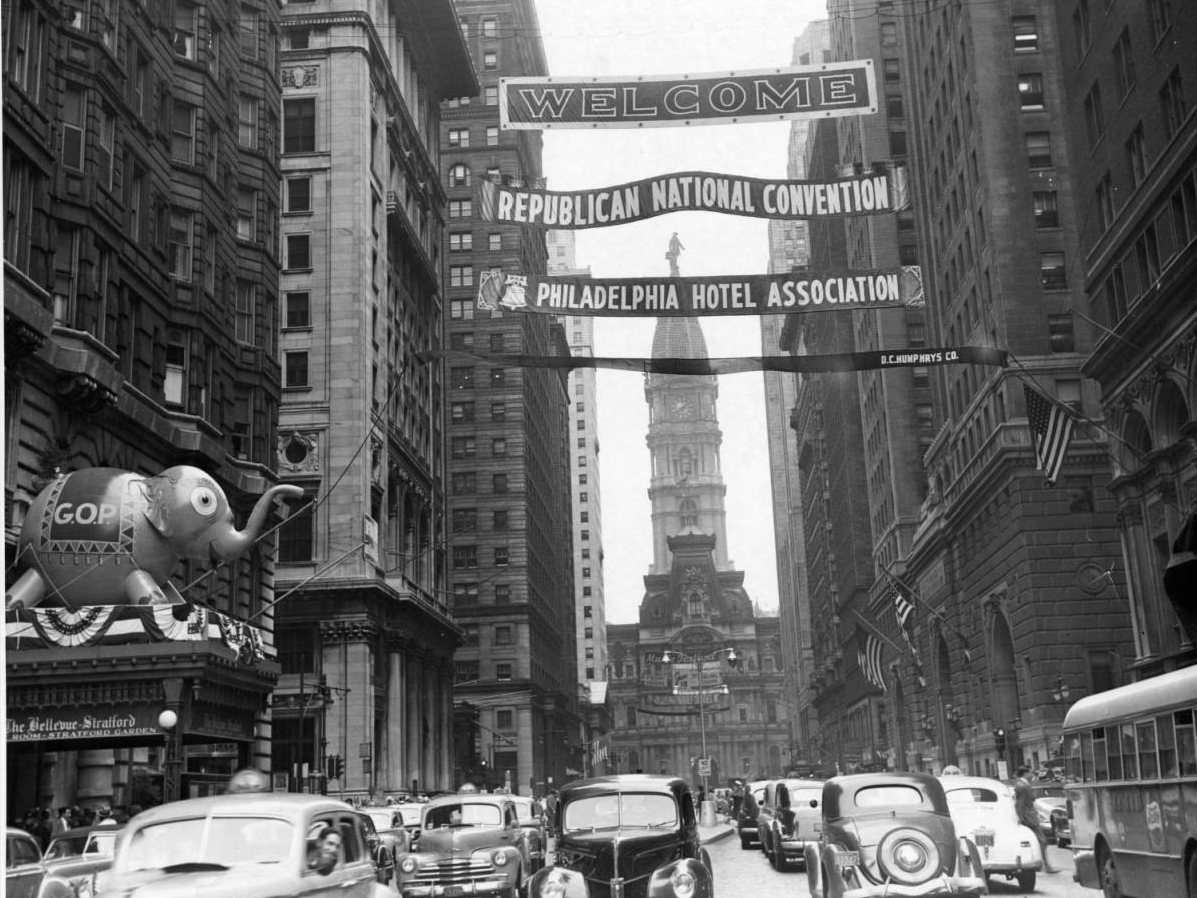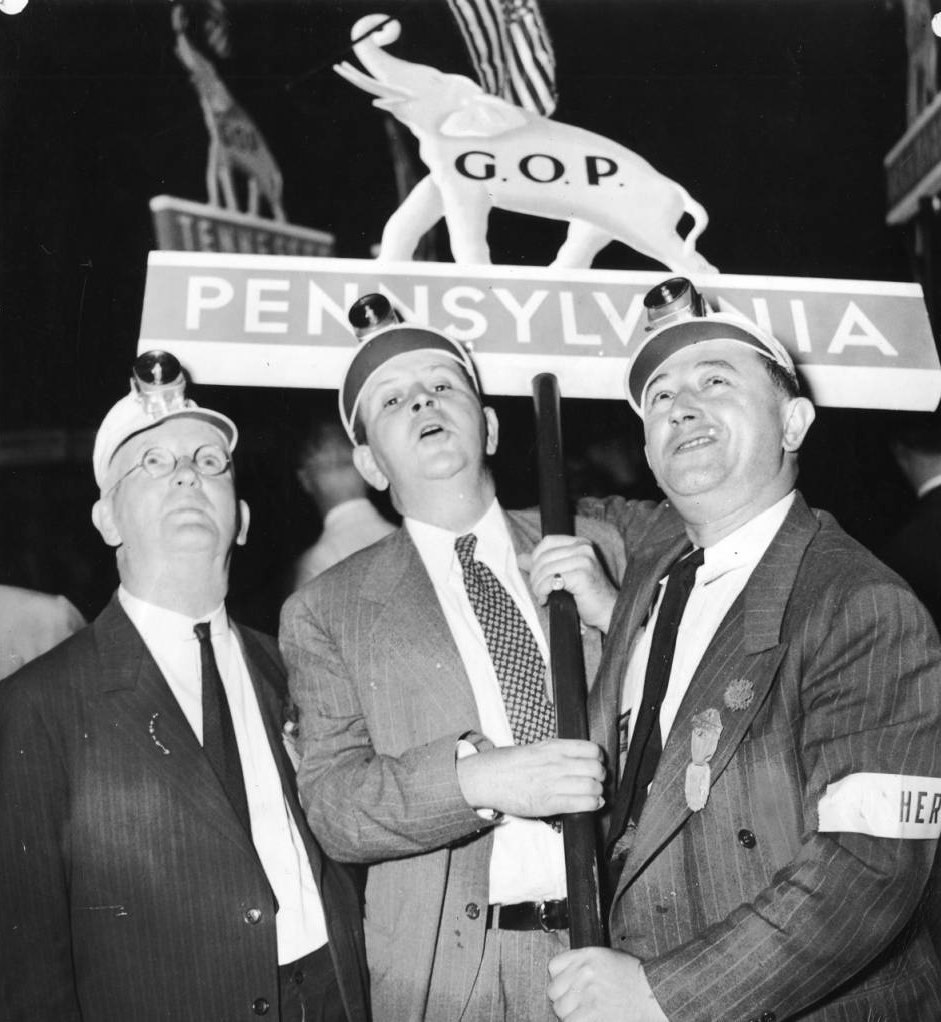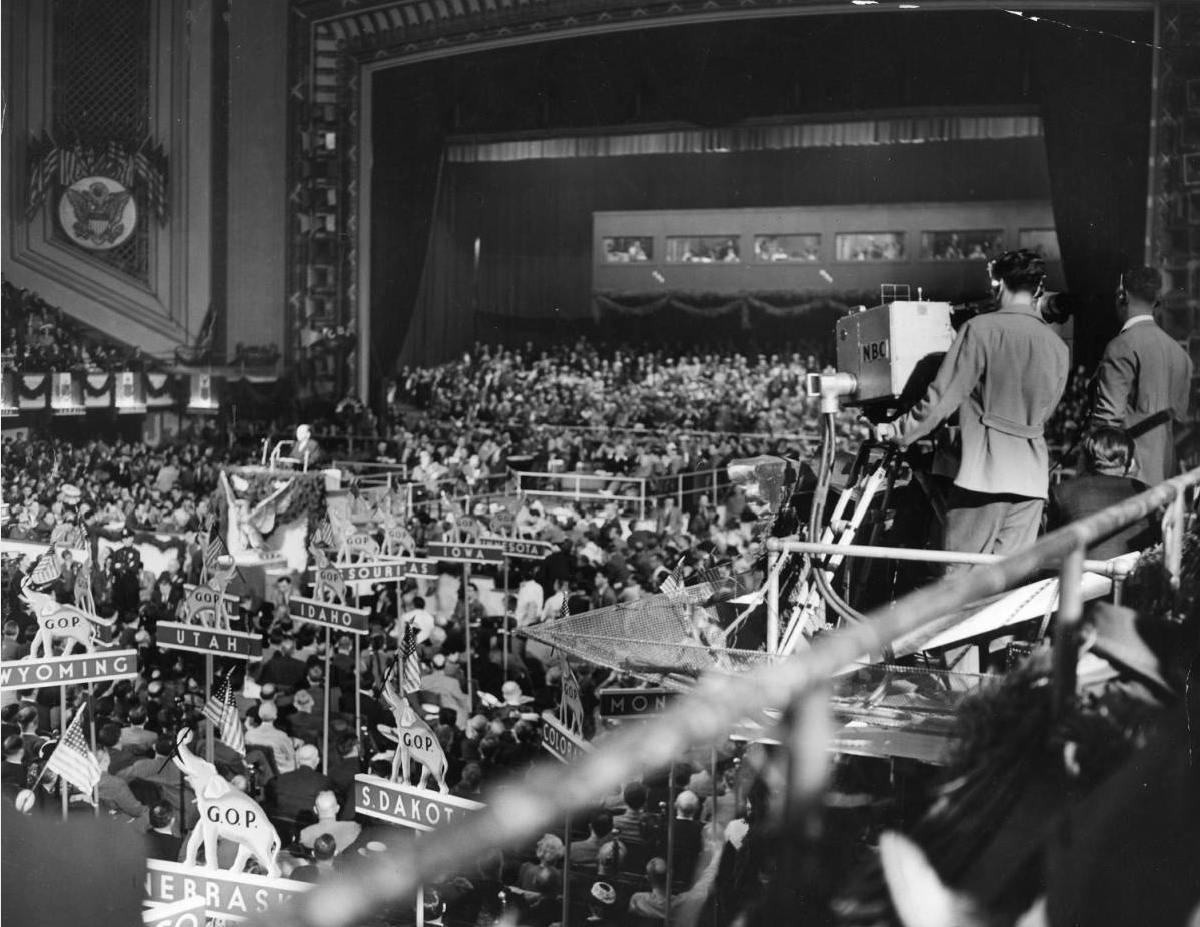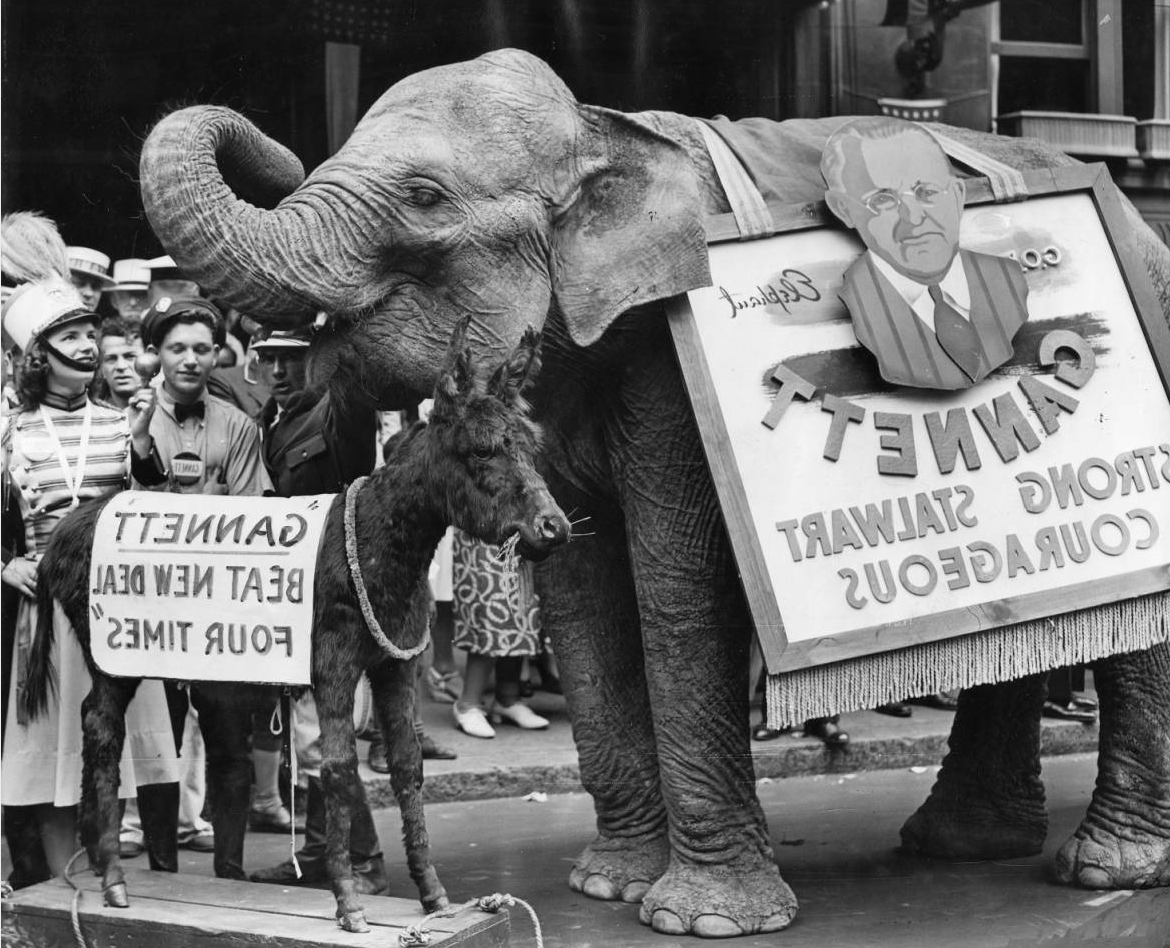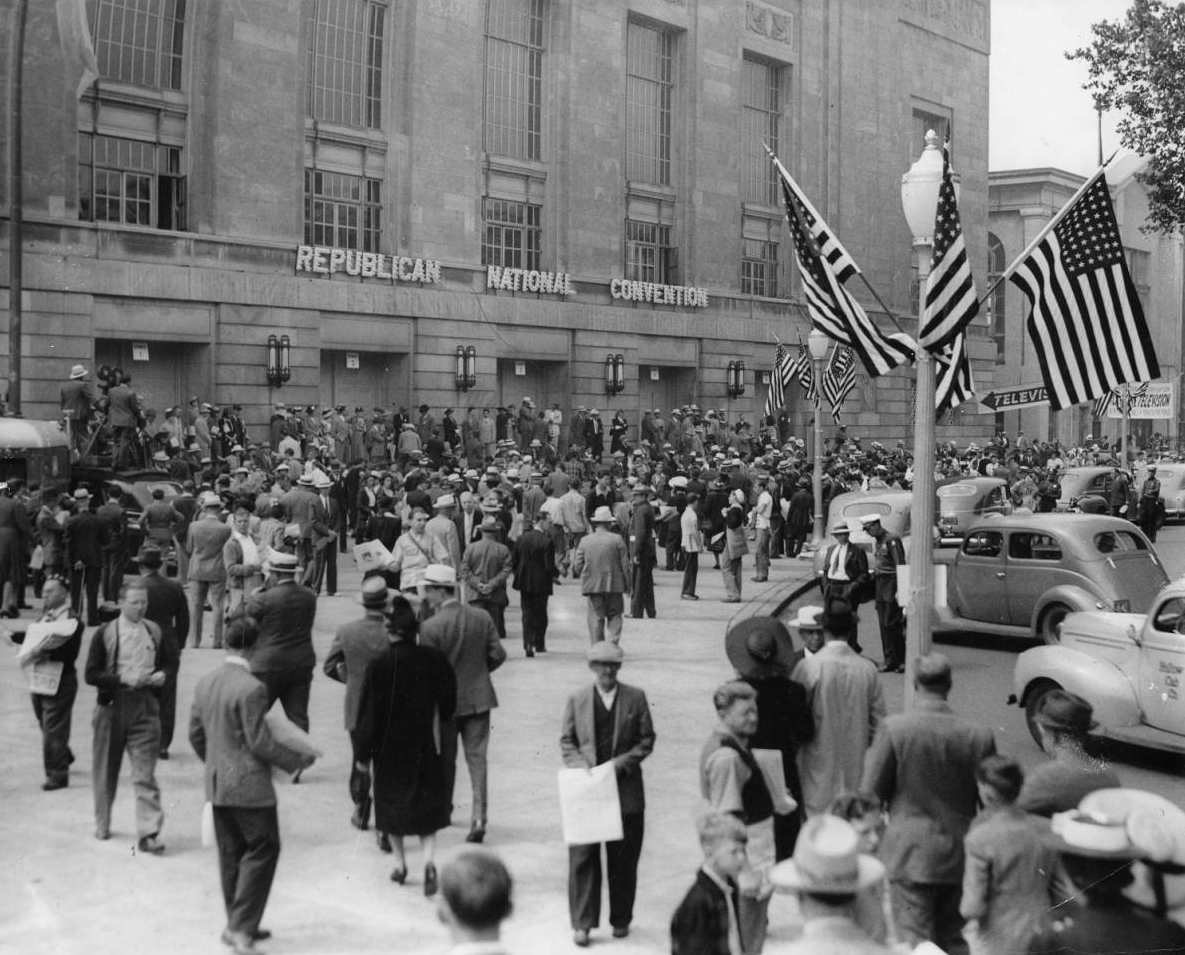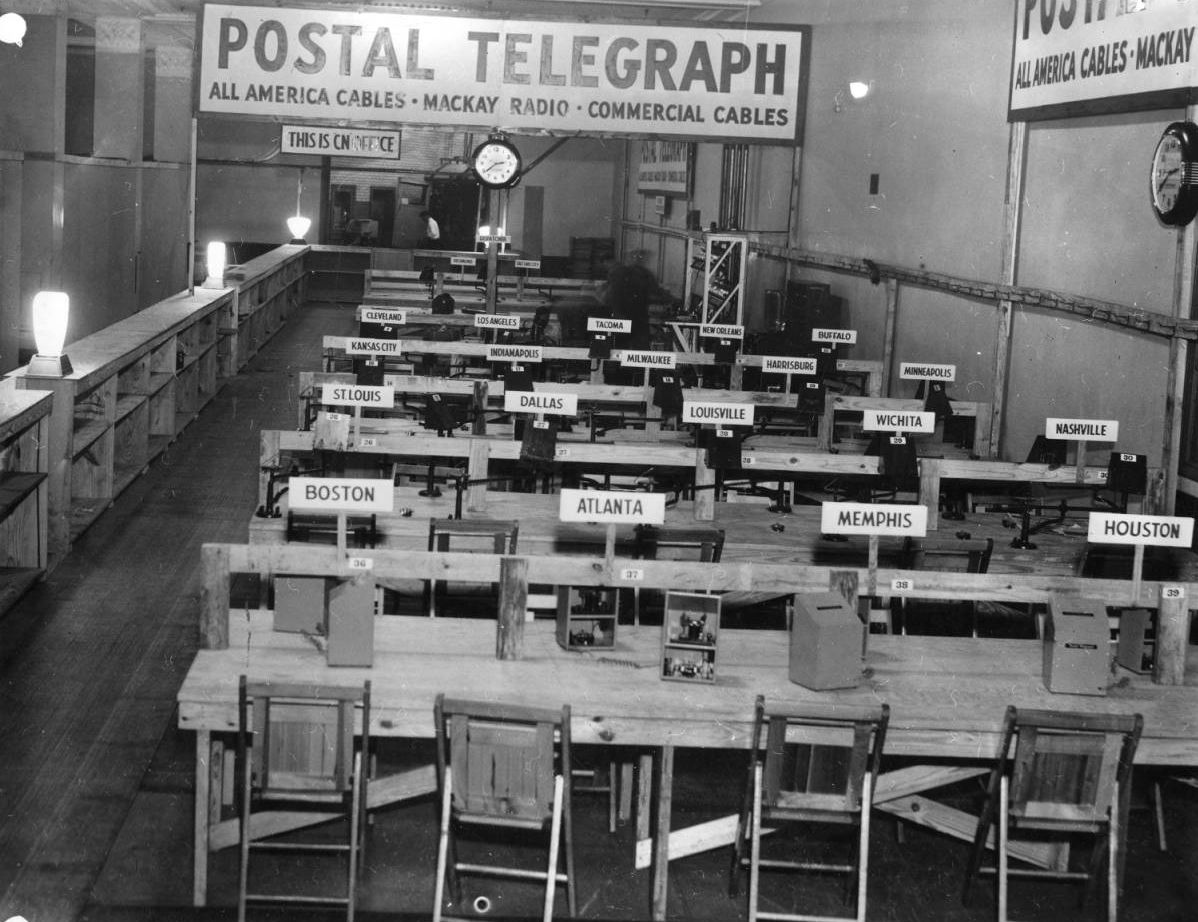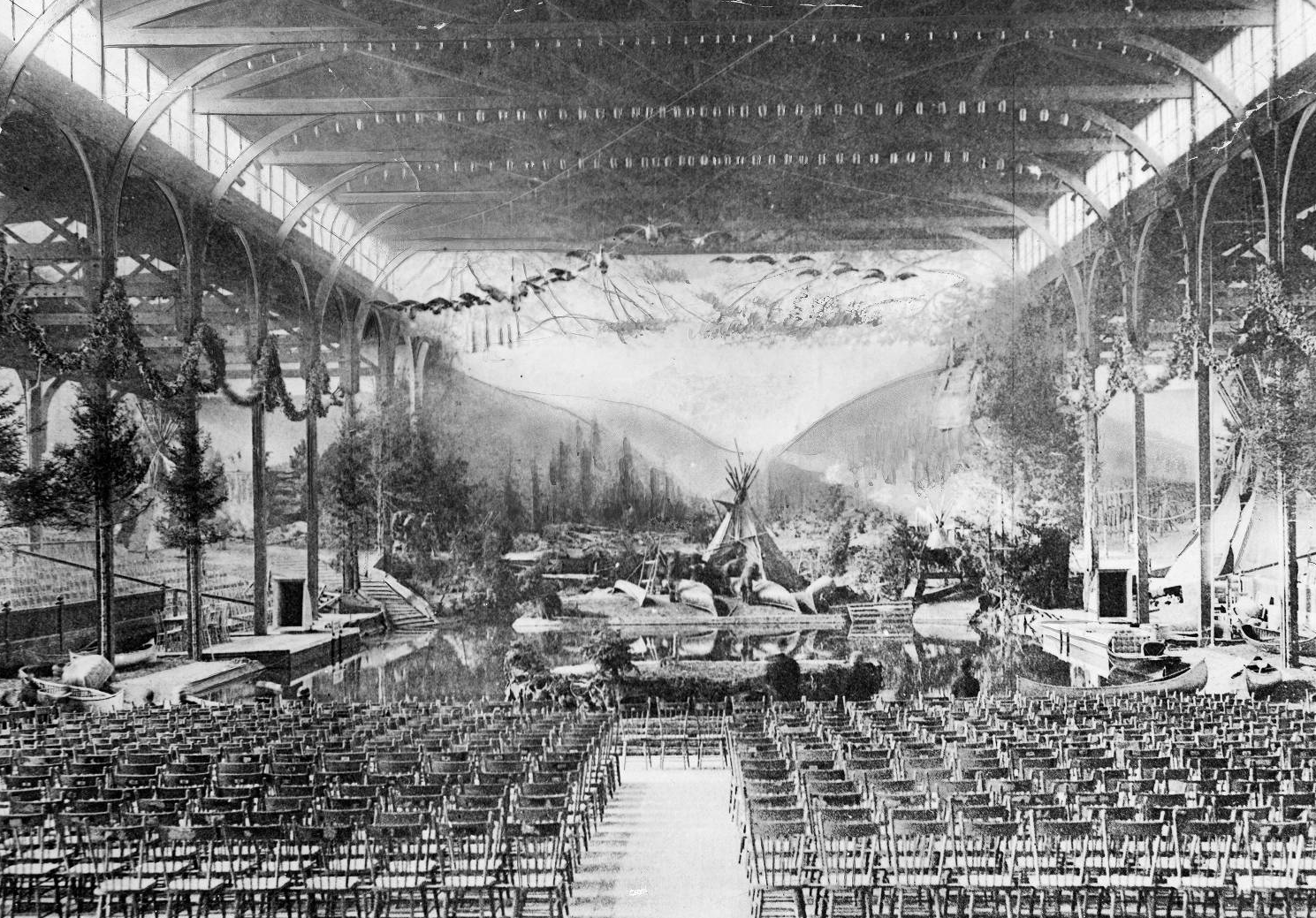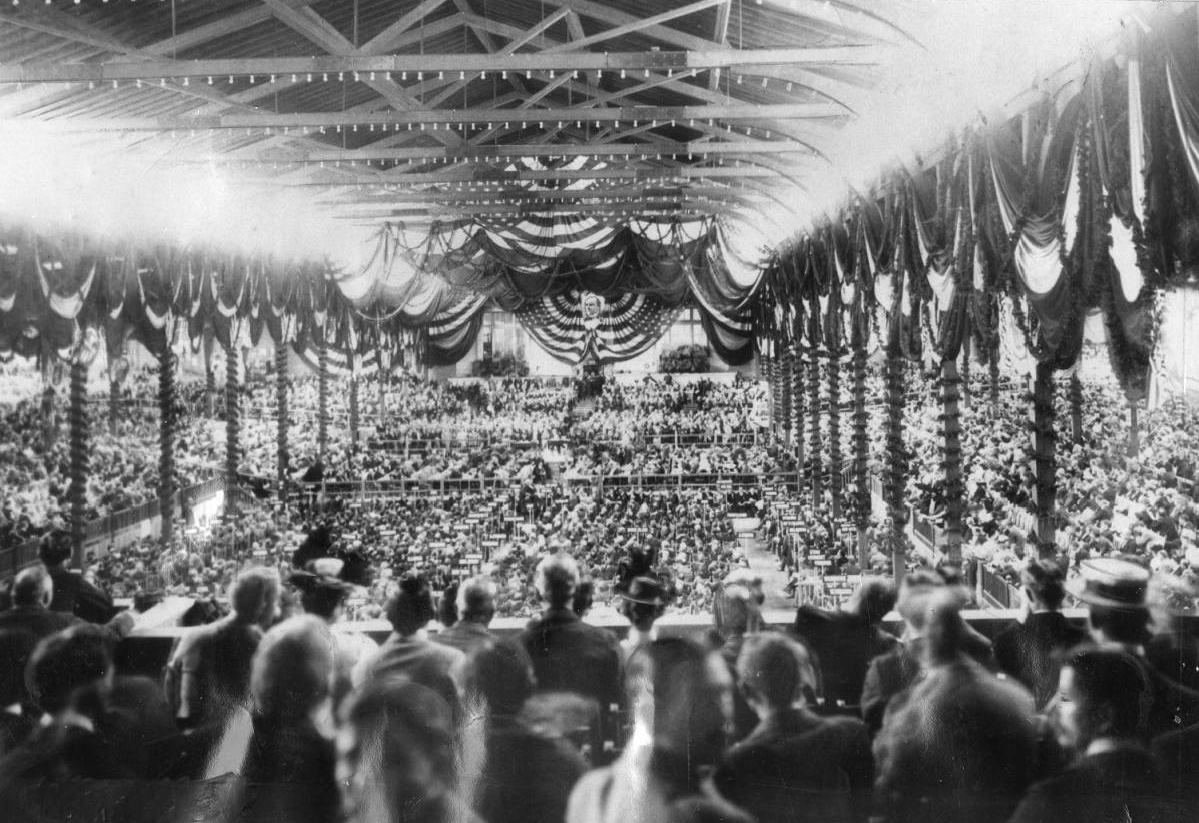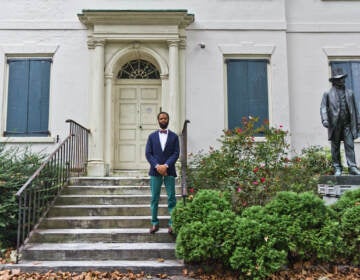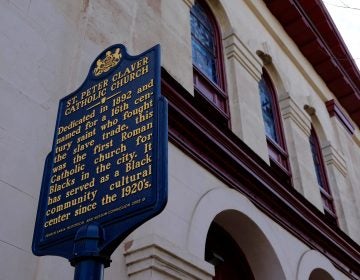Conventions past: Republican National Conventions in Philly, 1900, 1940 and 1948 in pictures
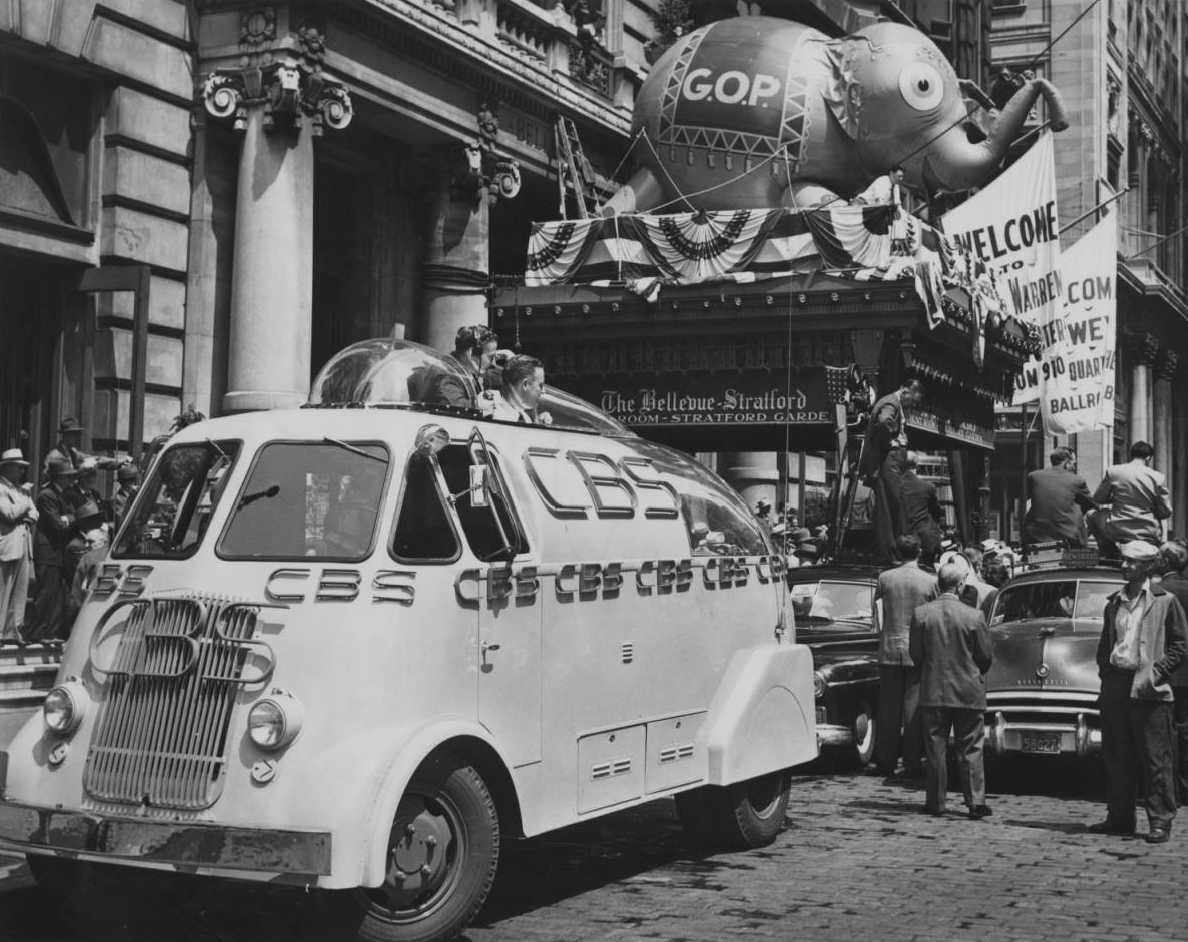
As Philadelphia prepares to host the Democratic National Convention next week, we’re taking a look back at conventions held in the city via the Evening Bulletin’s photo archives. While Republicans gather in Cleveland this week, here’s a look back at the three GOP conventions held in Philly during the first half of the 20th century, revealing shifts in political theater, media, and our city as host.
1948
In the summer of 1948 Philadelphia hosted three political conventions in succession: Republicans, then Democrats, then Progressives. The Bellevue-Stratford Hotel on South Broad Street was the official headquarters for the Republicans and the Democrats in town, though there was an overall shortage of hotel space in town.
The conventions themselves, held at the now-demolished Convention Hall and Civic Center near the Penn Museum, were the first to be widely televised, and with that the convention TV spectacle as we know it was born. Though television broadcasts brought viewers into the proceedings from the comforts of home, lights from television crews intensified the already stifling heat inside the convention hall. The hall was built the decade prior without air conditioning (thanks to value engineering by City Council) and convention-goers reportedly suffered from heat stroke. Frustrated party leaders vowed never to return to Philadelphia. They stayed away for more than 50 years until the Republican National Convention returned in 2000.
In 1948 a plank in the GOP platform called for the end of poll taxes and segregation, including a federal anti-lynching law. Protesters rallied outside the convention hall to demand racial equality. Republicans again picked New York Governor Thomas E. Dewey, after three ballots, to run against Harry Truman.
1940
In 1940 the Republican National Convention came back to Philadelphia after a 40-year hiatus. To liven up Philly’s image for the occasion, there was a Mummers parade and on the Schuylkill River there was a water ballet before thousands of spectators. But the convention itself wasn’t dull. Publisher and candidate Frank Gannett showed up with live elephants, parading them from Center City to the convention hall in West Philly.
The 1940 Republican National Convention found a fragmented party, and took six ballots to settle on its candidate Wendell Willkie. Willkie was a utility executive and party newcomer. He was outspoken against segregation, Franklin Delano Roosevelt’s New Deal, and was effectively a party-crasher.
The convention was held at the Convention Hall and Civic Center, built just 9 years prior, which could hold about 15,000 people. There was such a significant spillover of spectators, however, that a TV feed was broadcast to crowds in the museum next door.
1900
When Republicans gathered in Philadelphia in 1900, conventions were hardly the spectacle that they are today. Major candidates didn’t even show up. But showmanship was becoming a fixture beyond mere bunting. Consider the “Native American” theatrical stage setting used in the temporary exhibition hall used for the GOP’s convention that year, standing where the Convention Hall and Civic Center would be built three decades later.
The GOP nominated President William McKinley to run for a second term. So the convention’s excitement came from the Vice Presidential suspense. Theodore Roosevelt was at the convention as a delegate representing New York, ended up the VP pick but that choice was not unanimous. The vote was 935 in favor with one abstention: Roosevelt himself.
It’s also worth nothing that Philadelphia also hosted the GOP before 1900, including the party’s first nominating convention in 1856, which was held at the Muscal Fund Society (800 block of Locust), and again in 1872 when it picked Ulysses S. Grant for reelection.
Jim Saksa contributed to this piece.
WHYY is your source for fact-based, in-depth journalism and information. As a nonprofit organization, we rely on financial support from readers like you. Please give today.




